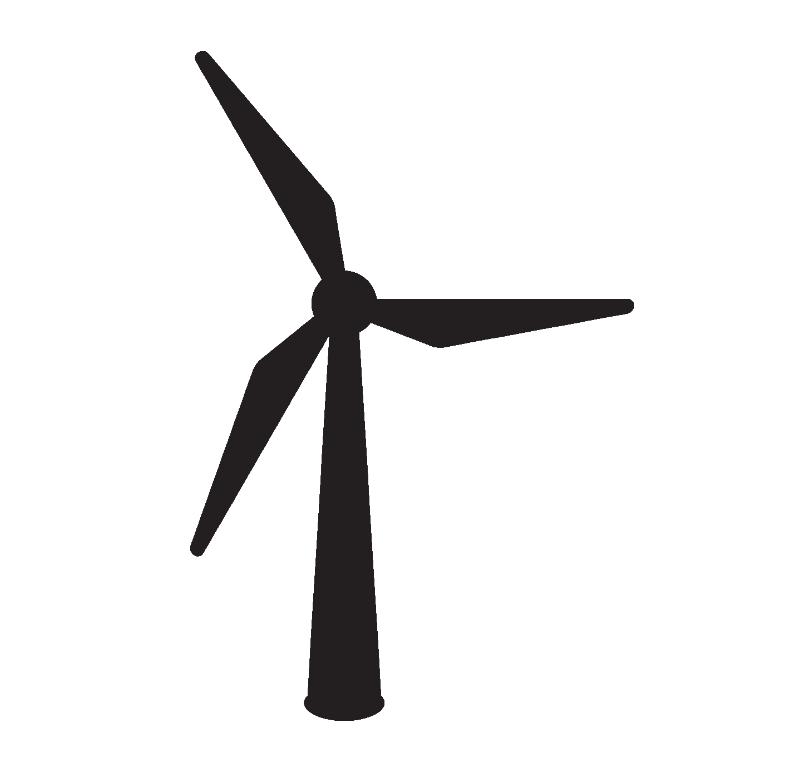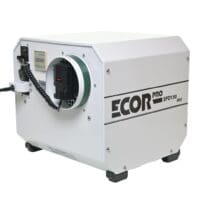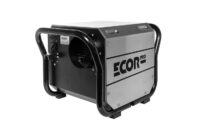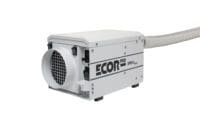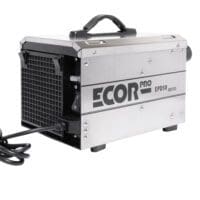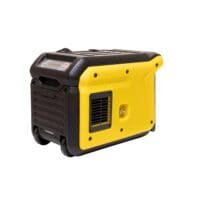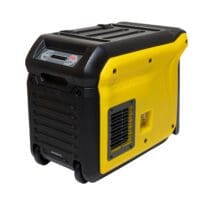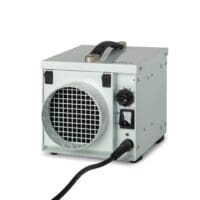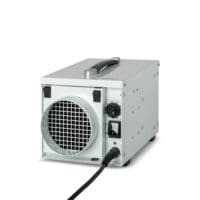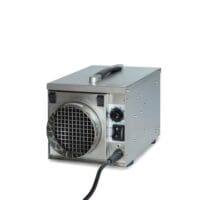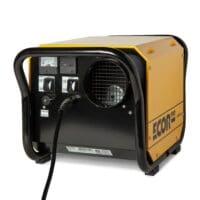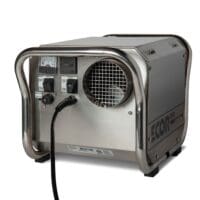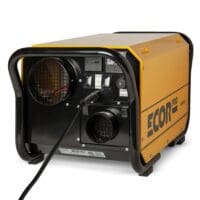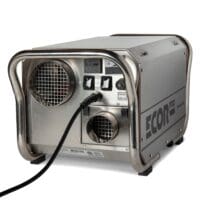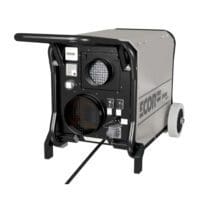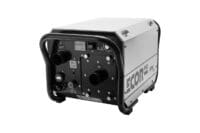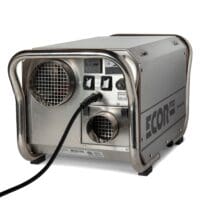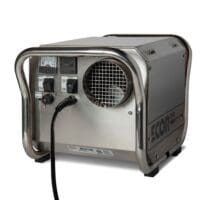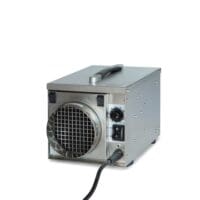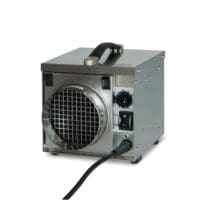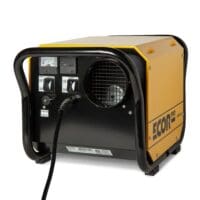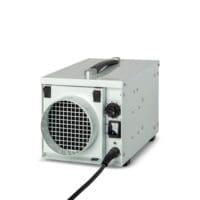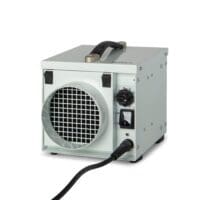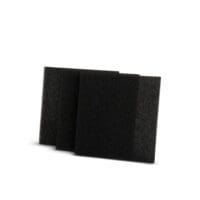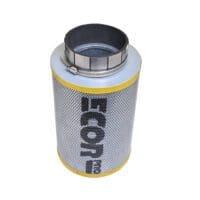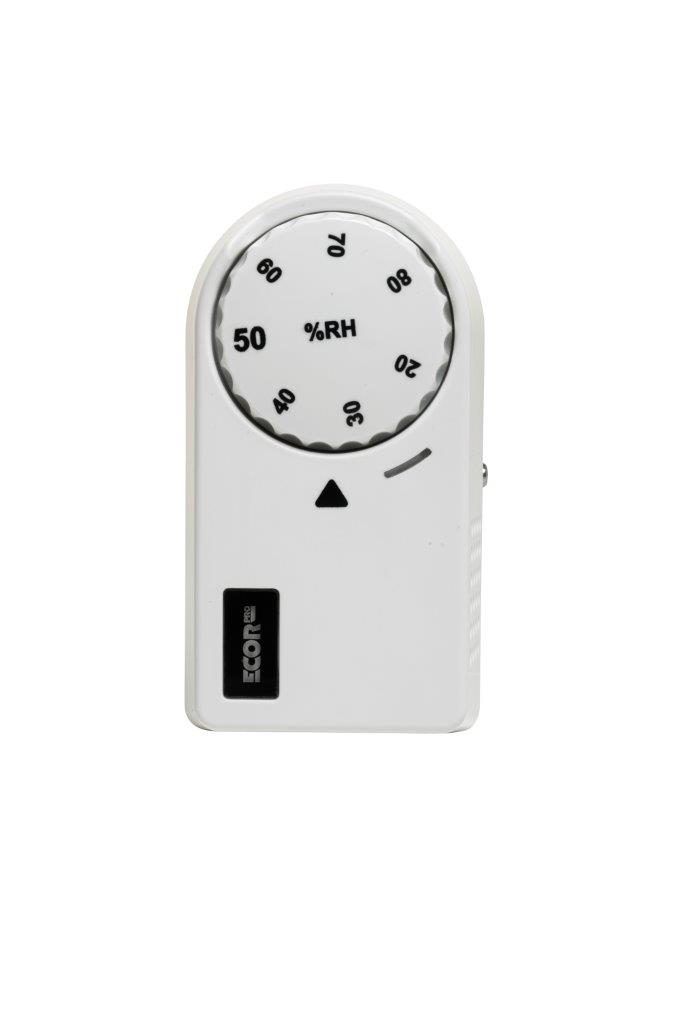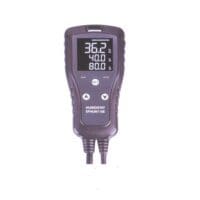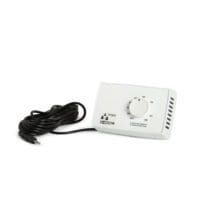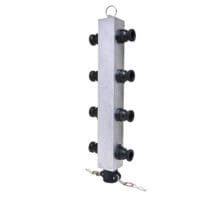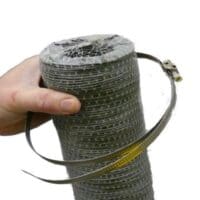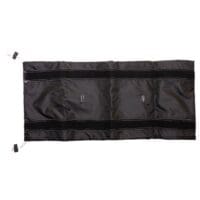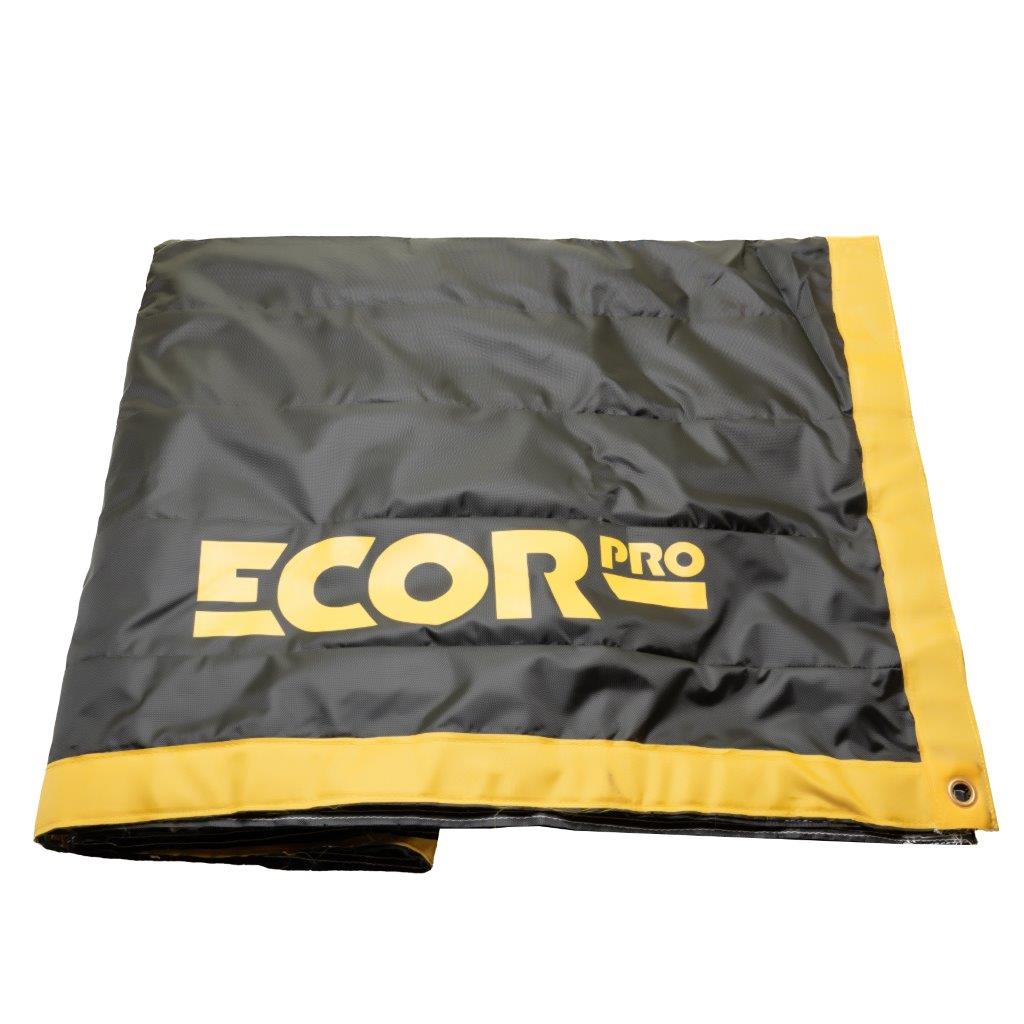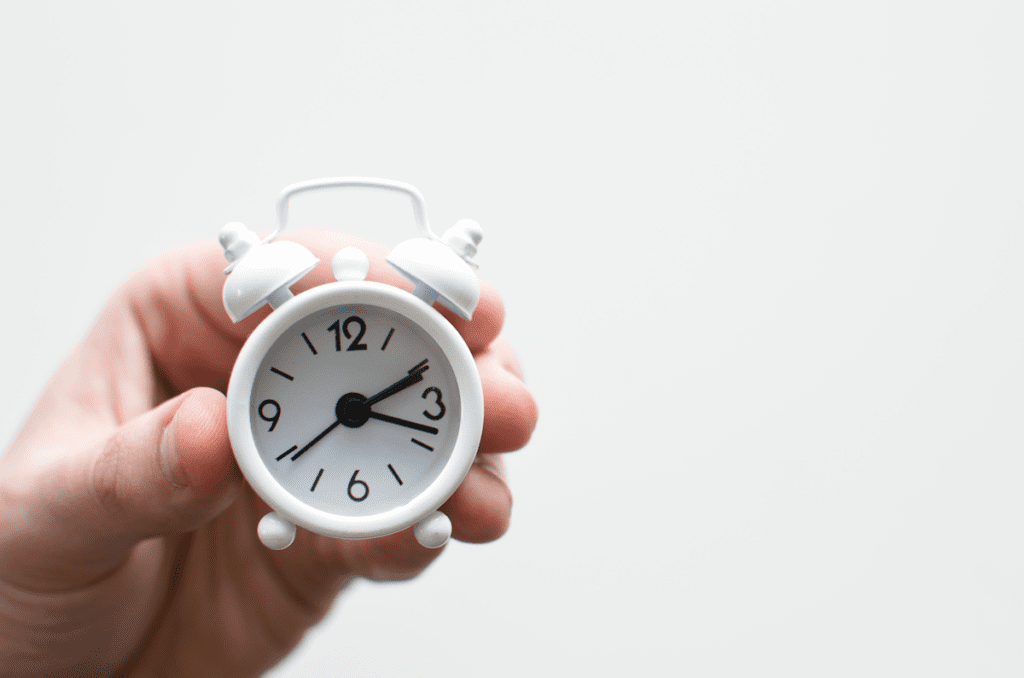
The absence of timers on home dehumidifiers can be attributed to several reasons, which are important to consider for effective humidity control and energy efficiency:
-
Initial Dehumidification Process: When starting to use a dehumidifier in a home, it can take several weeks for the humidity levels to come under control. During this period, excess moisture in furnishings, carpets, and walls is gradually removed. A timer would not be beneficial during this initial phase as the dehumidifier needs to operate continuously to effectively dry out the environment.
-
Humidistat Regulation: Dehumidifiers are equipped with a humidistat, which allows the user to set the desired humidity level. Once the humidity reaches the set level, the dehumidifier automatically turns off. It will only switch back on when the humidity rises above the desired level. This automated control ensures that the dehumidifier operates when necessary and conserves energy during periods of lower humidity.
-
Energy Efficiency: Many modern dehumidifiers have energy-saving features that minimize power consumption during standby mode. While in standby mode, they consume very low power, typically around 1 Watt. In comparison, some other models may consume up to 30 Watts during standby. The low power consumption during standby reduces energy costs and environmental impact.
-
Potential Humidity Buildup: If a dehumidifier is switched off daily using a timer, there is a risk of humidity building up during the hours it remains inactive. This can lead to elevated moisture levels, which may cause damage to furnishings and decorations. By relying on the humidistat to regulate humidity, the dehumidifier will activate when necessary to maintain the desired humidity level and prevent potential issues.




